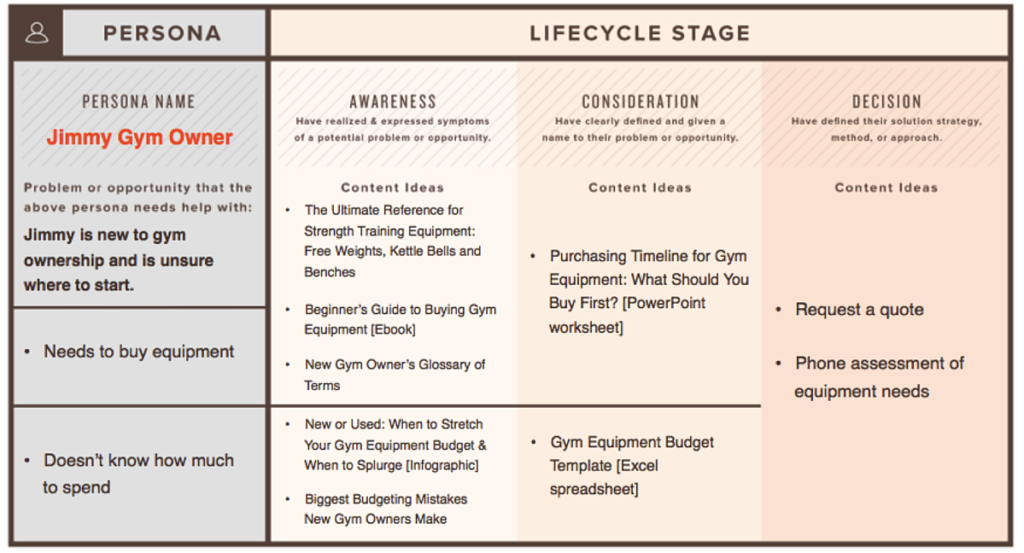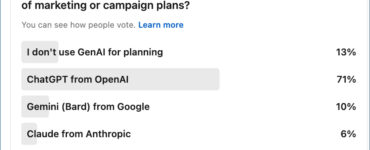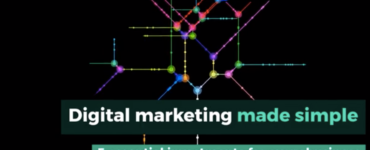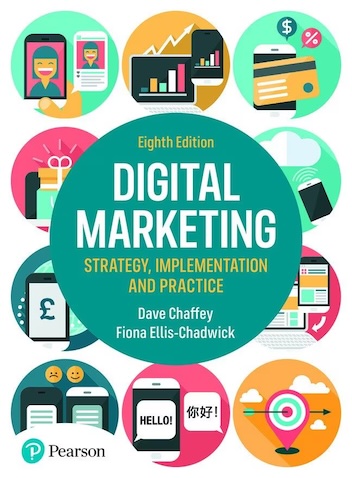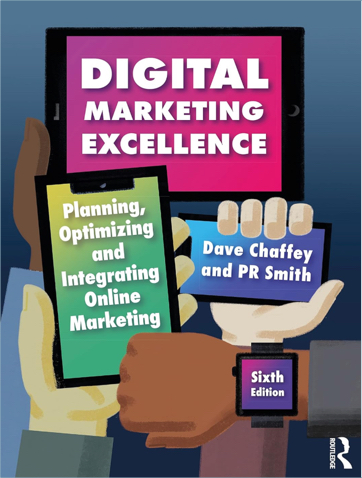Content mapping is a powerful technique to review and select the most relevant content to support a customers’ buyer journey. It can potentially be used for stages in a campaign also.
In my books I define content mapping as:
Different content types and formats are reviewed for their potential for engaging target audiences through the customer lifecycle. Current content use and distribution can be reviewed against competitors to uncover new options a company can use.
The process is:
- Identify buyer stages – it’s common to simplify to three for TOFU vs MOFU vs BOFU content
- Review current availability and use of content assets in an organization
- Review channels used to serve content across the customer lifecycle (e.g. surface on the website through static calls-to-action or personalized banners, send via welcome emails, feature in ad retargeting)
- Review competitor content assets and content distribution
This is a useful, simple technique for content mapping example which I often discuss in B2B workshops. You can use with separate rows for the content type and format you use for each part and separate rows for competitors.
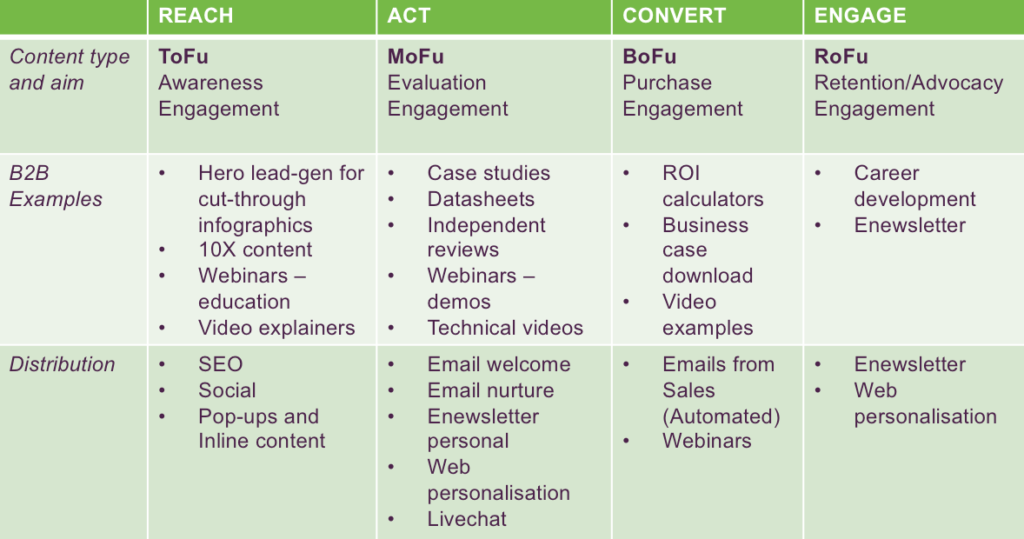
The content marketing matrix and content distribution matrix we have created at Smart Insights are more visual ways of displaying the content formats which also work well in workshops.
This B2C content map example from HubSpot shows how different content assets support a three-stage process of awareness, consideration and decision.
